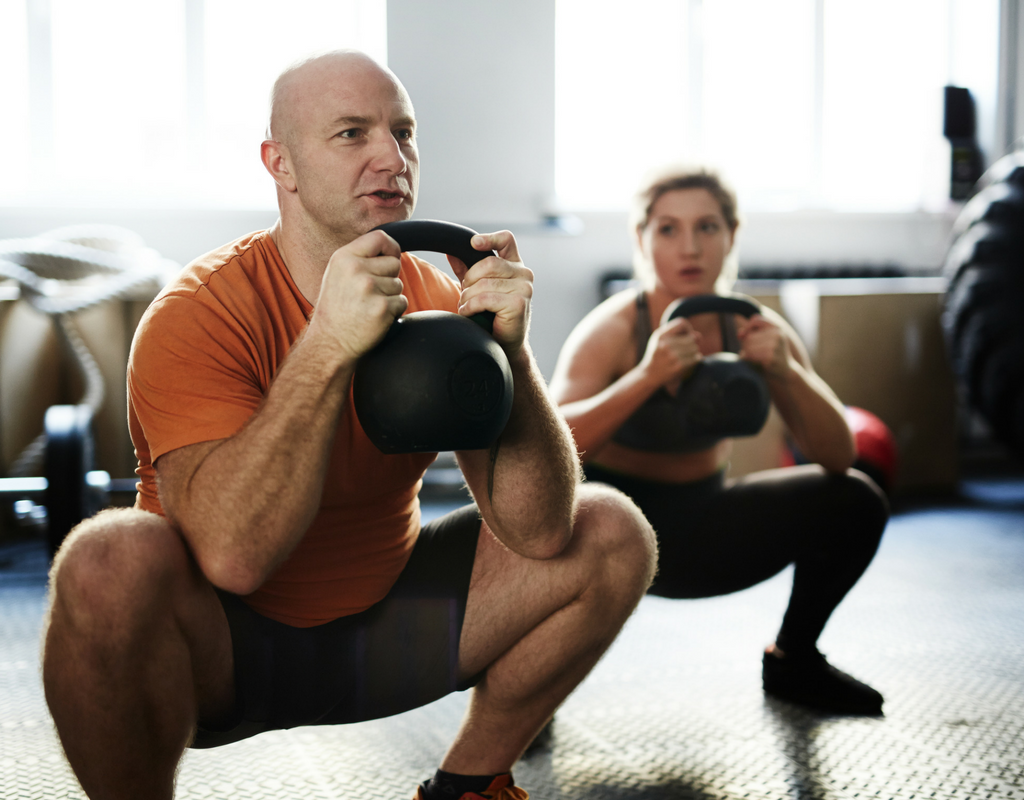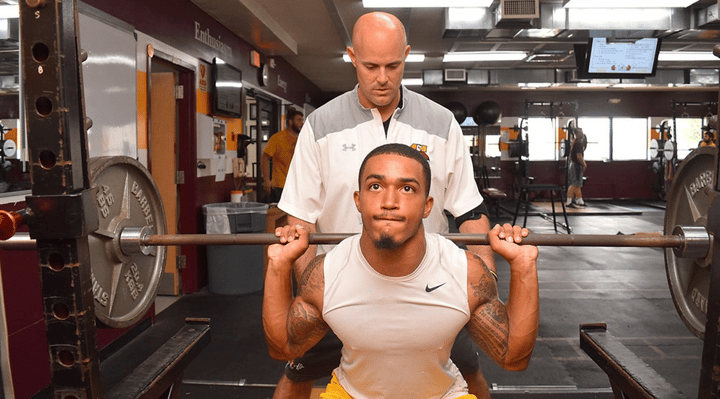Level Up Your Programming with Unilateral Training
We all love a good powerlifting-type, get-back-to-basics workout program. It’s simple, straightforward, and effective. And who doesn’t enjoy trying to find a bench on Mondays, right? There’s no doubt in anyone’s mind that a quality strength training routine should include some form of the bench press, squat, and deadlift. But what if I told you that there is just as much benefit to unilateral training, that of training one side of the body (arm or leg) independently of each other, compared to bilateral training? Let’s dive deeper and see for ourselves.
You see, science has shown us that we as humans adapt extremely well to rigors in our everyday life and overcome these by building back stronger. When life requires us to move, we must do so and with the utmost efficiency. Because of this, our bodies have developed ways to handle much greater loads on a single leg alone than we can handle using both legs at the same time. Enter the “bilateral deficit.”
The bilateral deficit can be explained as the discrepancy between the forces produced using both limbs simultaneously (legs for this example) and the sum of both limbs when used independently.
But that doesn't make sense, does it? Shouldn’t they be equal? Say, for example, you produce X amount of force for each leg which would mean that the sum of both legs is 2X. This is, unfortunately, not the case. So, do we dwell on this deficit or use it to our advantage in our training programs? Let’s look at the benefits of unilateral training.
Strength Benefit
Unilateral exercises, with reference to the bilateral deficit, are great for building strength and producing forces far exceeding those seen with bilateral exercises. Because these movements are able to be loaded beyond what we can use for both legs, we receive a much greater overall training load and the potential for larger gains when it comes to strength and muscle mass. This also means that each leg receives equal amounts of work, where bilateral exercises can hide shifts in weight from side to side, thus producing or even enabling imbalances that can cause injuries in the future.
Take, for instance, the split squat as a prime example of a unilateral lower-body exercise. Being in the split stance, fairly equal weight is felt in both legs at the start but progressing through the movement this will shift the feeling to the lead leg. Because we are using mainly the lead leg, this drives the effort to this one leg and away from the other. Yes, they are tough movements. And yes, they are worth it.
Spine Friendliness
When we look to the “Big 3” (Squat, Bench Press, Deadlift), the two lower-body movements are extremely taxing on your overall system and nowhere is this seen more than in your spine. Changes in the spine during the squat and deadlift (flexion, extension, or rotation) can mean missed lifts at best, and injuries that can mean being sidelined as a worst case scenario. While I will never discredit a barbell back squat or straight-bar deadlift, there is a lot to be said about using their derivatives and alternatives instead of remaining married to the idea that these are the “musts” when programming. This comes from the fact that we can make many movements more spine-friendly, especially if we shift our programming to using unilateral exercises.
Take the example of the split squat and look at it from a biomechanical angle. Traditionally, a split squat incorporates a dumbbell in each hand with your arms resting by your sides. Mechanically, this shifts the center of mass lower in the system. Because the weight is no longer resting across your upper back, and your torso is able to stay fairly upright, this movement and so many others in the unilateral category are extremely easy on the spine. I would say that’s a winner!
Balance/Stability
When we change our base, our foot positioning and alignment, we also change our support system. In doing so, we create an environment that is inherently unstable and will challenge us to go through the full movement without falling over. These benefits extend beyond the reach of lower body strength and stability. Because the body is in an unstable position, we must recruit muscles within the trunk to thus create stability, pushing for tighter abdominals and better usage of the deeper muscles that help support our joints.
Screening Tool
The final benefit to unilateral training is for those of you that train clients. When performing a bilateral squat, it becomes tough to notice subtle changes and shifts that occur when we compensate for stiffnesses and instabilities. By incorporating unilateral exercises, you can better see the differences in strength and mobility/stability and then better address these issues before they progress. Knees caving, torsos collapsing forward, and losing a good foot arch can all be seen much easier when performing unilateral exercises.
Overall, unilateral exercises are amazing additions to programs, even beneficial as the main focus of your programming. Include them to break through plateaus, make gains in strength, and build better stability through the total body. They will be sure to make you reconsider ever going back to bilateral exercises!
Subscribe to our blog
Subscribe to receive the latest blog posts to your inbox every week.
Related posts

Guest Blog: Olympic Lifts vs. Loaded Jumps For Power Development

Prevent & Preserve: A Guide to Low Back Training


